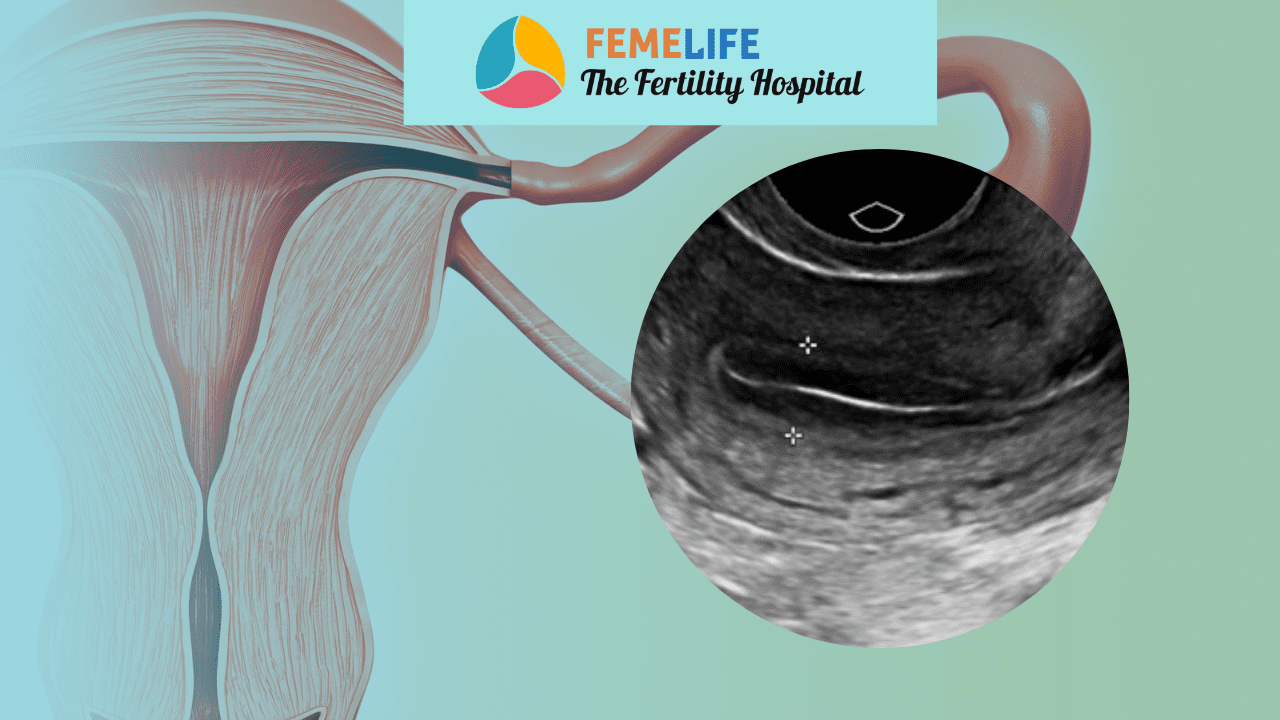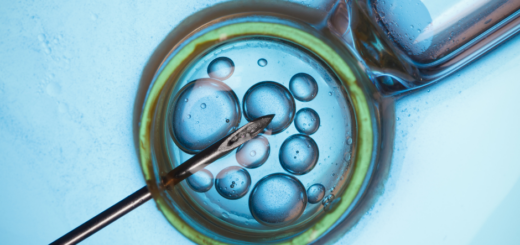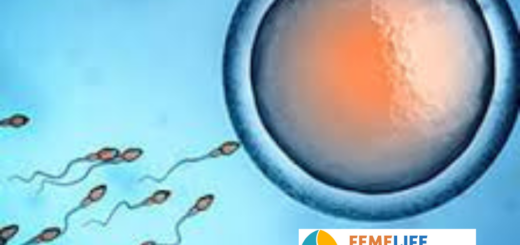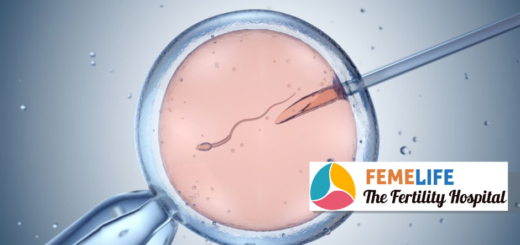Endometrium Thickness For Pregnancy

The Endometrium is the lining of the uterus, female internal reproductive organ. It’s one amongst the few organs within the physical structure that changes in size monthly throughout a person’s fertile years. Each month, as a part of the cycle, the body prepares the mucous membrane to implant embryo. The endometrium thickness will increase and then reduce throughout the periods.
Two hormones, estrogen and progestogen, aid these cycles of Endometrium growth and development. It sheds through menstrual flow if a physiological condition like pregnancy doesn’t develop.
Normal thickness
The normal thickness of the endometrium changes throughout a person’s life, from childhood, maturity, fertile periods, and menopause. The endometrium in young females before puberty is thin. According to the tomography Society of North America (RSNA), the endometrium is at its thinnest throughout flow, once it always measures between 2–4 millimeters (mm) in thickness.
| Days of menstruation | Thickness of endometrium | Type of endometrium | Significance |
| During menstrual flow | 2-4 mm | Shedding | The old endometrial lining |
| 6-14 days | 5mm- 14mm | Triple line | New lining preparing for pregnancy |
| 14 to 28 days | 7- 14mm | Secretory | Ready for Implantation |
Causes of thick or thin endometrium lining
The thickness of the endometrium changes throughout a person’s cycle. However different factors lead to these changes furthermore. One of the major common causes of changes in endometrial thickness is physiological condition or pregnancy. Also, in women having ectopic pregnancy show thick endometrium. Very early pregnancy who are less than five weeks can show signs of a thickening endometrium.
Cancer of the endometrium
Endometrium cancer is one in all the foremost severe conditions that may cause a rise in endometrium thickness. It is one of the most severe conditions that can lead to an increase in endometrial thickness. According to the American cancer society, endometrial cancer is the most common cancer affecting a person’s reproductive systems. Developing more often in white people than African American, endometrial cancer is rare in females under 45. The average age is diagnosis is 60 years.
Other factors contribute to a greater thickness of the endometrium include
- Obesity
- Hormone replacement Therapy (HRT)
- Drugs and medications
- Chronic high Blood pressure
- Endometrial polyps
- Fibroids
- Endometrial Hyperplasia
Endometrial Hyperplasia is that the medical term for a condition within which the endometrium becomes too thick. This is often associated with excessive levels of sex hormone or estrogen-like compounds, and not enough progesterone. The condition itself isn’t cancer; However it can lead to cancer if not treated.
Endometrium thickness during ovulation
The first half the proliferative phase starts around day 6 to 14 of a person’s cycle. This is the time between menstrual flow and ovulation. At this part, the endometrium begins to thicken and should measure between 5–7 millimeter. As the cycle progresses and moves towards ovulation, the endometrium grows thicker, up to above 11 millimeter.
About 14 days into a person’s cycle, hormones trigger the release of an egg. During this stage, endometrium thickness is at its greatest and may reach 16mm.
Pregnancy
Endometrial thickness is more important in pregnancy. Your doctor will link the best chances for a healthy, full-term pregnancy to an endometrium that’s neither too thin nor too thick. This allows the embryo to implant with success and receive the nutrition it needs. The endometrium gets thicker because the pregnancy progresses. It is not possible if the endometrium is to be too thin. Researchers define a thin endometrium as 7 millimeter. Typically, Experts associate low readings of endometrium thickness with age. However, they report that 5% of people under 40, and 25% people over 40 had a thin endometrium. Possible causes of thin endometrium include inflammation, medical treatment, or the structure and nature of the endometrium itself.



















